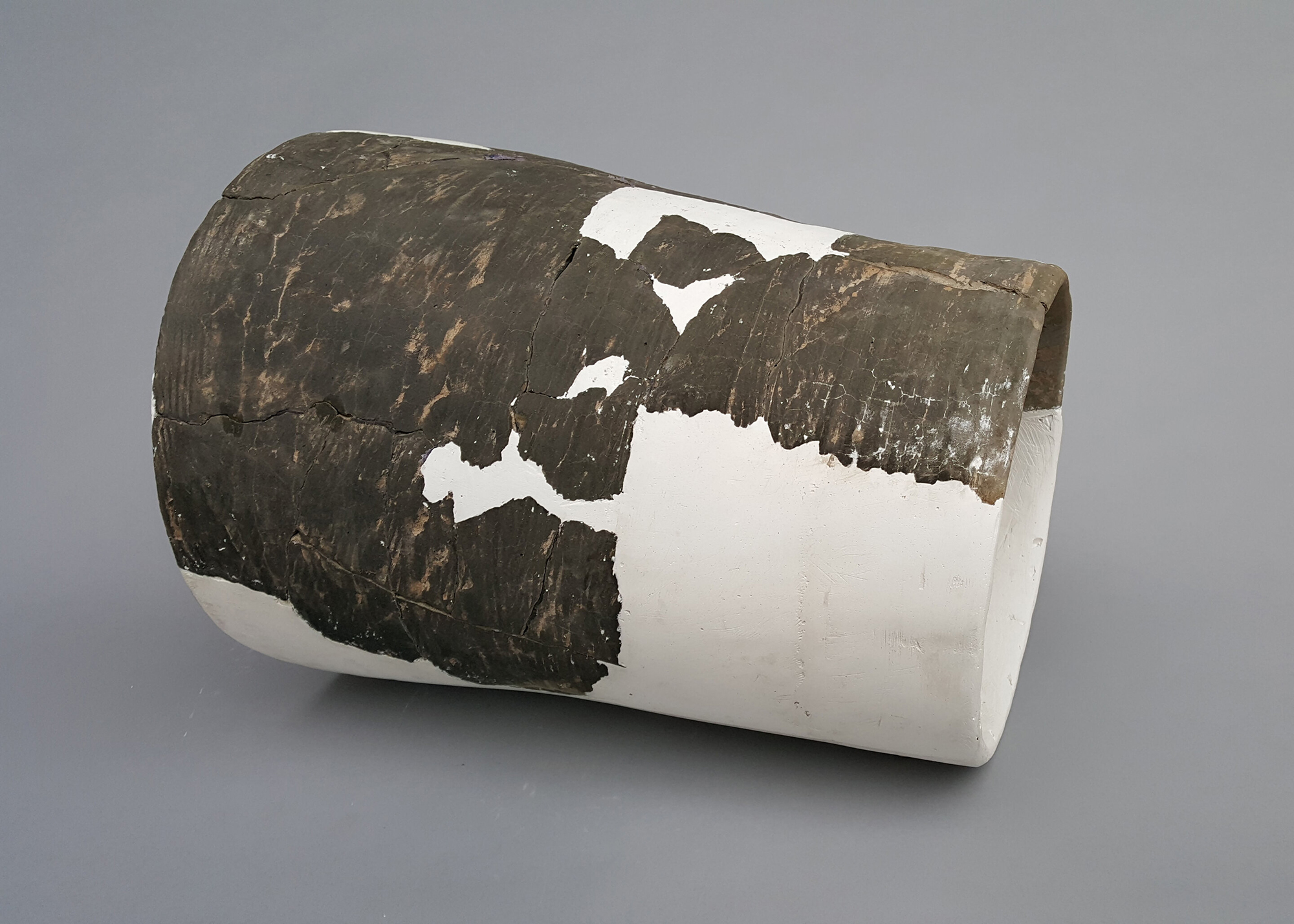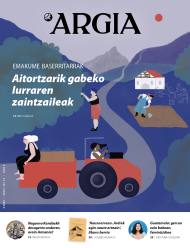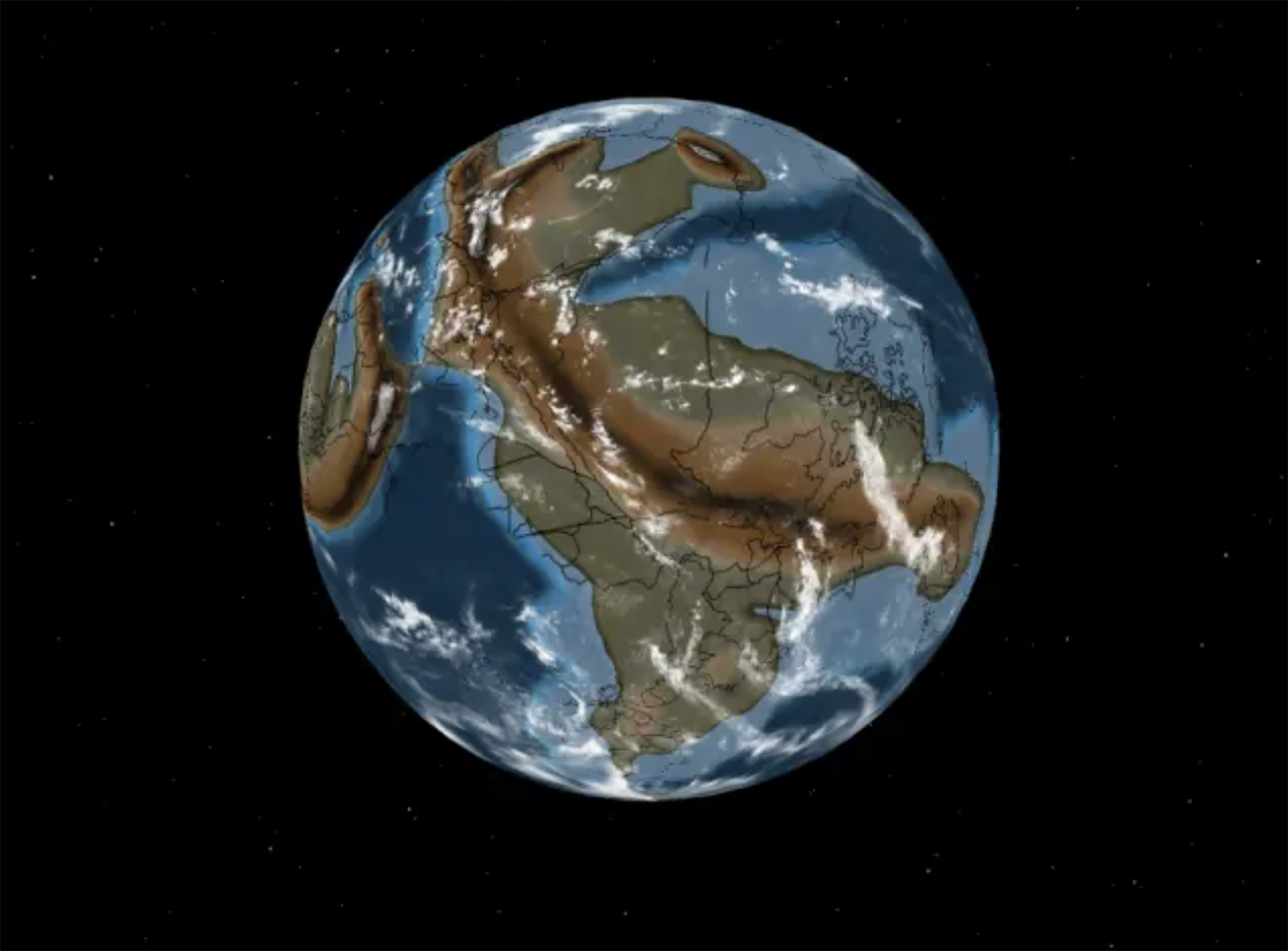Engineering without neolithic hierarchy
- China, about 4,000 years ago. The inhabitants of the walled village of Pingliangtai built a network of ceramic pipes and drainage ditches. At the end of the Holocene, environmental crises in the monsoon area of East Asia were becoming increasingly frequent and serious, and Pingliangtain launched an unprecedented piping system. Recently, a researcher from the University of Beijing has researched the site with the help of researchers from Hohai University, Fudan and London, and published the result in the journal Nature.

Ceramic pieces have a diameter between 20 and 30 cm and a length between 30 and 40 cm. At one end they are wider to fit and form long tubes. Once the pieces have been investigated, they have been deposited in the site, in its original location, where they will be best preserved. A few ceramic tubes have been rebuilt that have been deposited in various museums in China, such as the photo piece, in order to continue researching and showing it to the public.
Between 4,200 and 3,900 years ago, at a time of increasing flooding, the network of canyons and ceramic ditches for water transportation and drainage, the oldest in China, was able to build and maintain in collaboration and community work. The system required community-wide planning and coordination, but there were no centralized hierarchical structures in Pingliangtain. This shows that “the men of the Neolithic were able to perform complex engineering work without the need for central power, they did everything in a community way,” says archaeologist Yijie Zhuang.
In addition to the pipelines, experts have investigated the traces of the houses of Pingliangtai and have observed that all the houses were quite small and that there were no larger and more luxurious houses than the others highlighted.
In addition to the pipes, experts have investigated the traces of the houses of Pingliangtai and observed that all the houses were quite small and that there were no larger and more luxurious houses than among others. The cemetery has also been excavated, as the population hierarchy stands out in the objects that used to be buried along with the bodies in the graves, and no signs of social inequality have been found. The opposite is true in the fields of the same period. Both houses and tombs indicate that they were hierarchical communities. But these communities were not able to solve the problems posed by climate change.
Therefore, the Pingliangtai pipe shows that for the realization of complex engineering works a centralized power was not necessary. Moreover, a community without obvious imbalances had more capacity to address environmental challenges than a community with more “developed” command modes.
In an Egyptian mummy of 3,300 years ago, traces of Yersinia pestis, the bacterium that caused the Justinian plague in the 6th century and the Black Plague in the 14th century, have just been found.
Experts until now believed that at that time the plague had spread only in... [+]
Greenland, the end of the 10th century. The first Scandinavian explorers and settlers arrived on the island. But by the 15th century these settlements had been abandoned and the original Inuit remained. But in 1721, the missionary Hans Egede organized an expedition and the... [+]
In 2017, Indonesia and the Netherlands signed an agreement to return the heritage stolen by the European country because of colonialism for three centuries. The Indonesian responsible for the return process, Gusti Agung Wesaka Puja, explained that this agreement "was important in... [+]
Greece 1975. The country began the year as a republic, three weeks earlier, in the referendum on 8 December 1974, after the citizens decided on the end of the monarchy.
A decade earlier, in 1964, when King Paul I died, his son Constantine took the throne at the age of 23.
But... [+]
Copenhagen, 18 December 1974 At 12 noon a ferry arrived at the port, from where a group of about 100 Santa Claus landed. They brought a gigantic geese with them. The idea was to make a kind of “Trojan Goose” and, upon reaching the city, to pull the white beard costumes... [+]
Tennessee (United States), 1820. The slave Nathan Green is born, known as Nearest Uncle or Nearest Uncle. We do not know exactly when he was born and, in general, we have very little data about him until 1863, when he achieved emancipation. We know that in the late 1850s Dan... [+]
New York, 1960. At a UN meeting, Nigeria’s Foreign Minister and UN ambassador Jaja Wachucu slept. Nigeria had just achieved independence on 1 October. Therefore, Wachuku became the first UN representative in Nigeria and had just taken office.
In contradiction to the... [+]
Researchers at Johns Hopkins University have discovered several cylinders with inscriptions at the present Syrian Reservoir, the Tell Umm-el Marra. Experts believe that the signs written in these pieces of clay can be alphabetical.
In the 15th century a. The cylinders have... [+]
London 1928. At the Victoria and Albert Museum there was a very special painting: in the painting there is a black man, with wig and Levite, surrounded by books and scientific instruments. Thus it was catalogued in the Museum: “Unique satirical portrait representing a failed... [+]
Ethiopia, 24 November 1974. Lucy's skeleton was found in Hadar, one of the oldest traces of human ancestors. The Australian hominid of Australopithecus afarensis is between 3.2 and 3.5 million years old.
So they considered it the ancestor of species, the mother of all of us. In... [+]
A group of archaeologists from the University of Berkeley, California, USA. That is, men didn't launch the lances to hunt mammoths and other great mammals. That was the most widespread hypothesis so far, the technique we've seen in movies, video games ...
But the study, published... [+]
Zamora, late 10th century. On the banks of the Douro River and outside the city walls the church of Santiago de los Caballeros was built. The inside capitals of the church depict varied scenes with sexual content: an orgy, a naked woman holding the penis of a man… in the... [+]
Born 7 November 1924. A group of anarchists broke into Bera this morning to protest against the dictatorship of Primo de Rivera and to begin the revolution in the Spanish state.
Last October, the composition of the Central Board was announced between the displaced from Spain... [+]
Washington (EE.UU. ), 1807. The US Constitution banned transatlantic slave trade. This does not mean that slavery has been abolished, but that the main source of the slaves has been interrupted. Thus, slave women became the only way to “produce” new slaves.
So in 1845, in... [+]

























